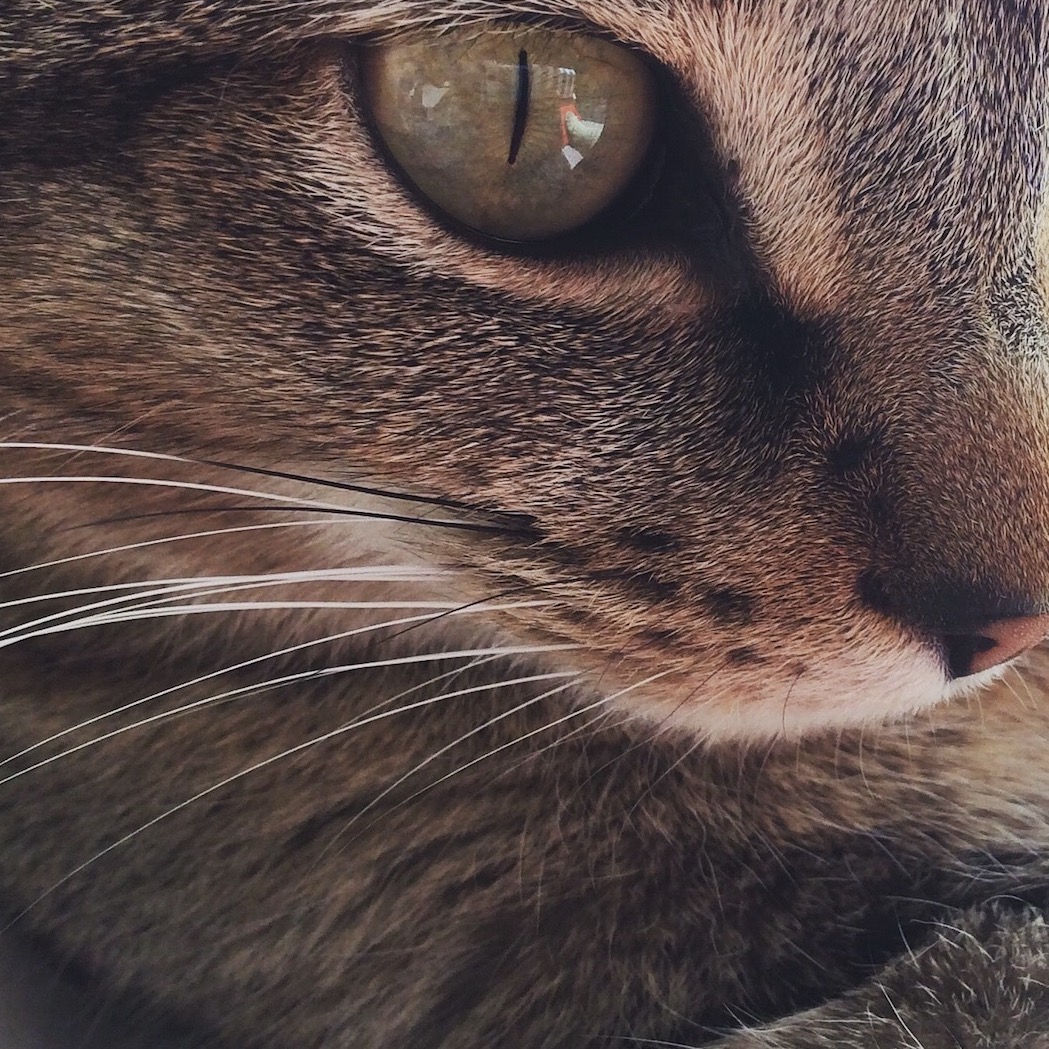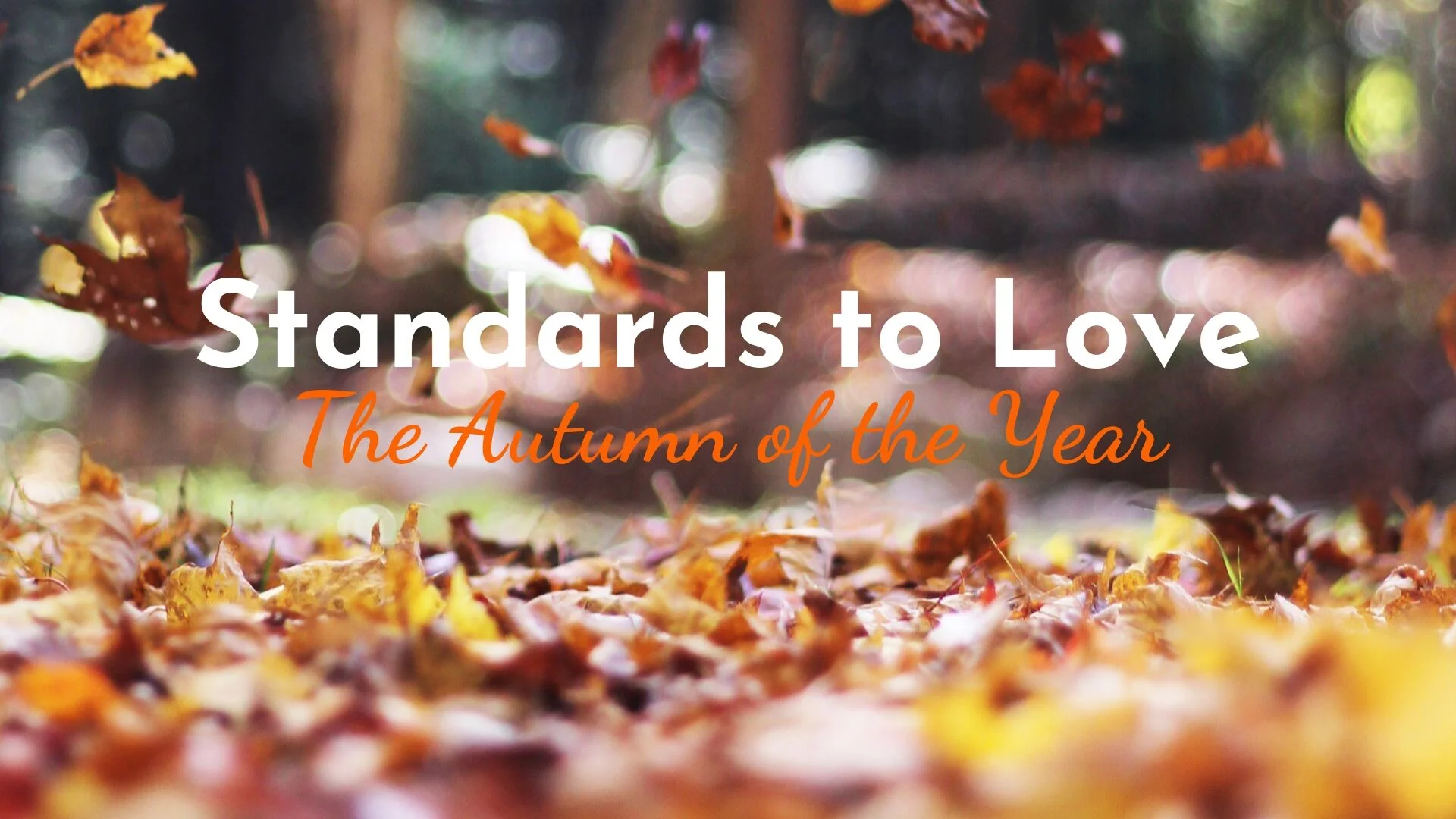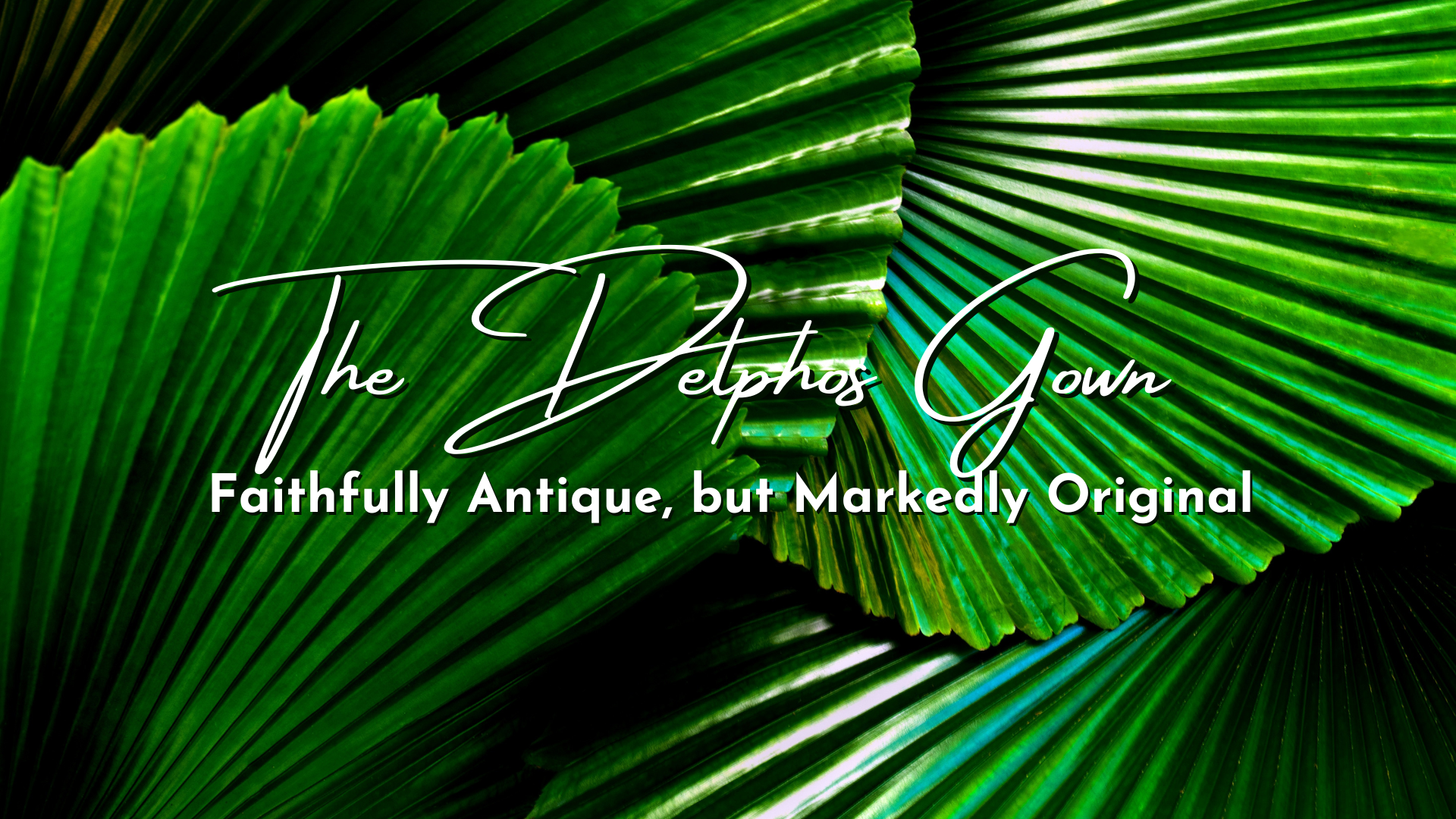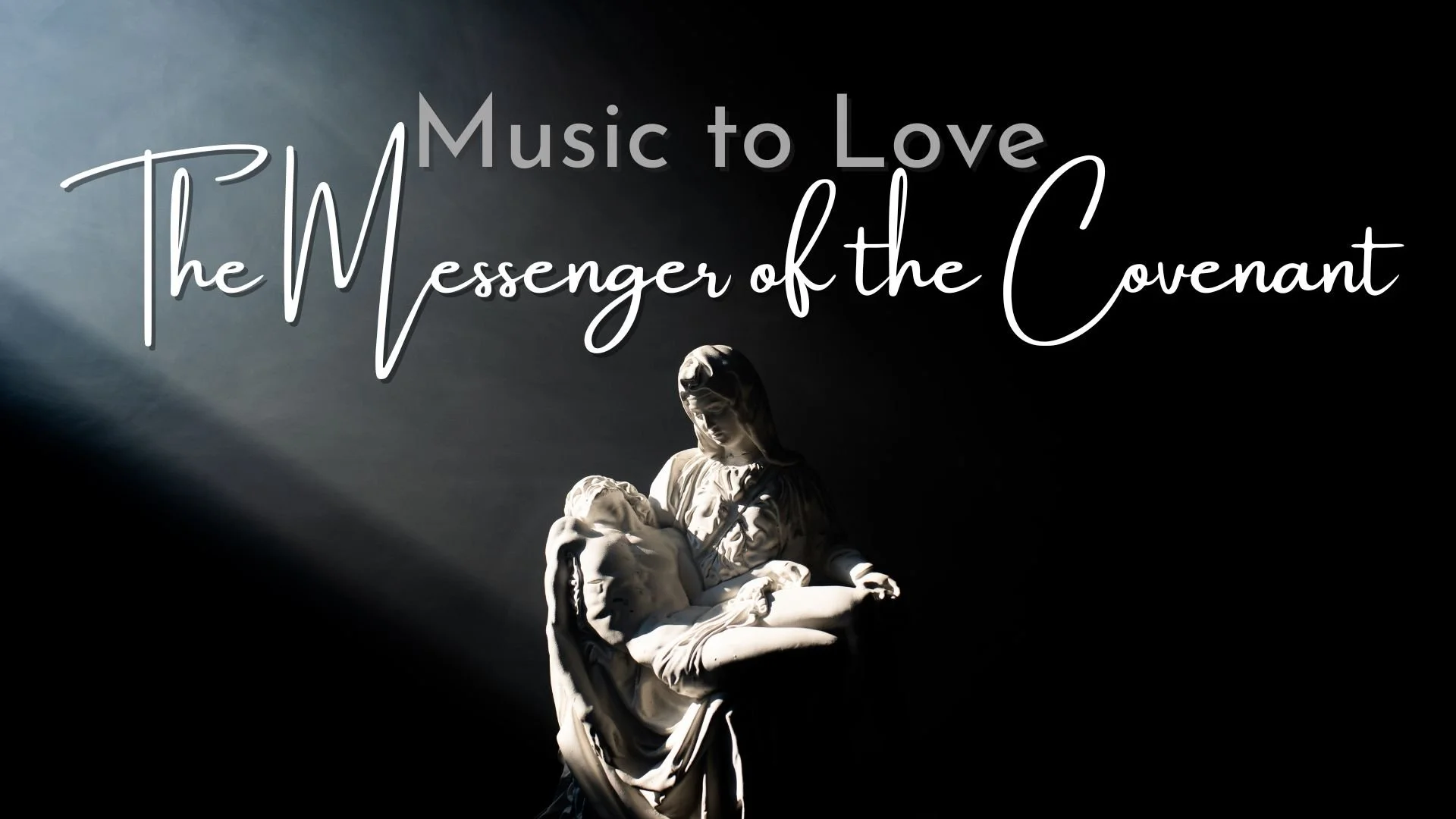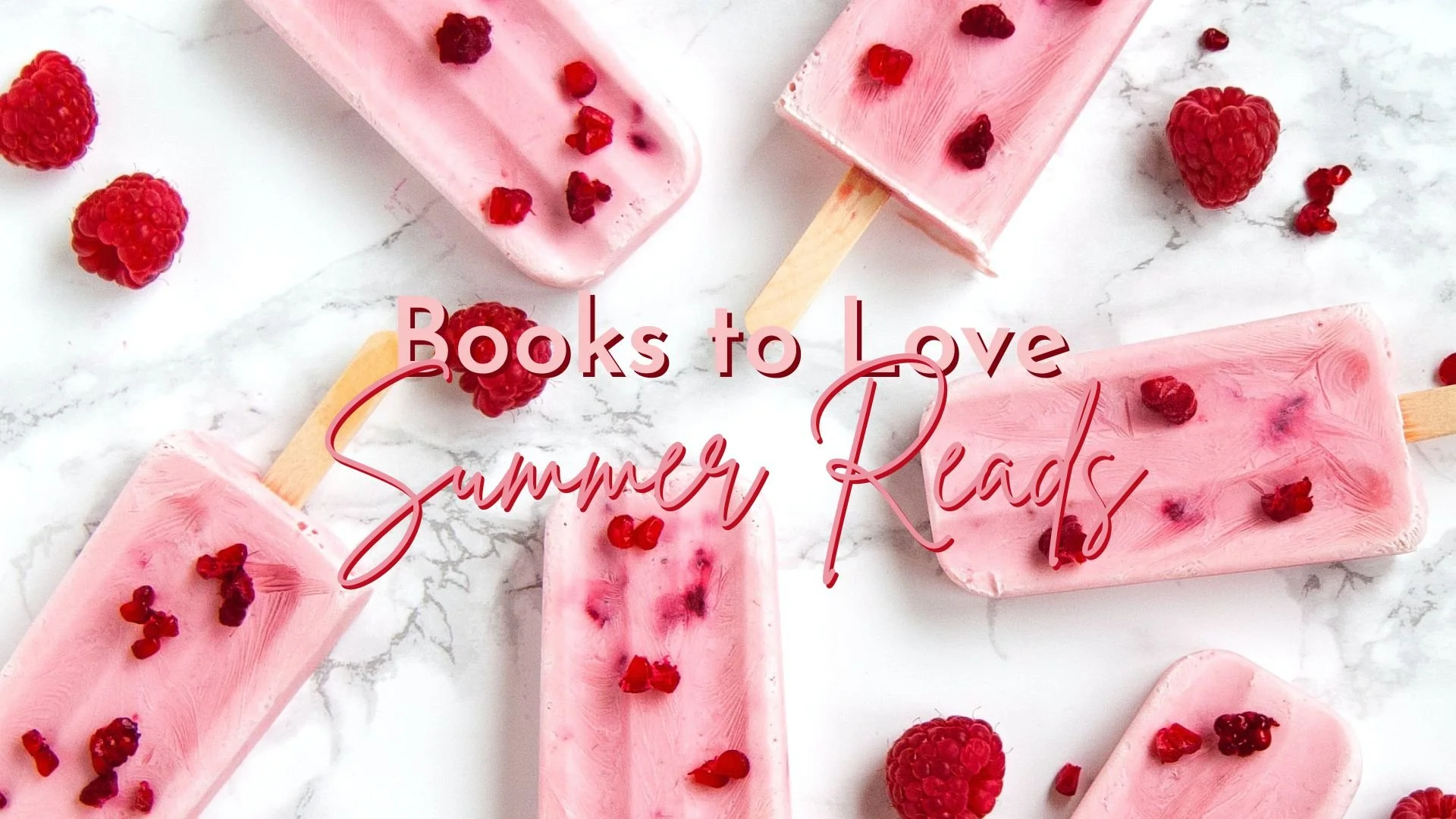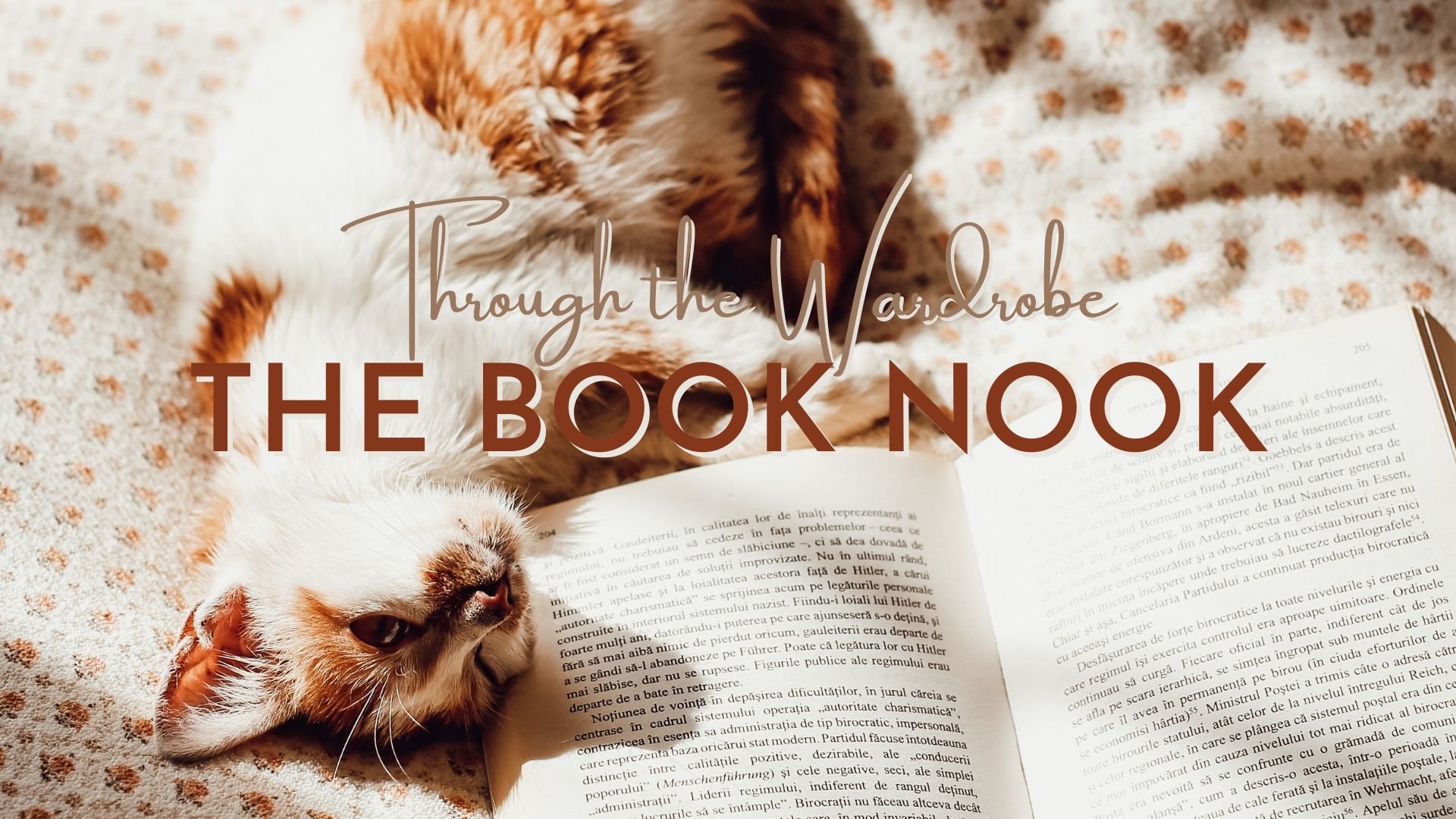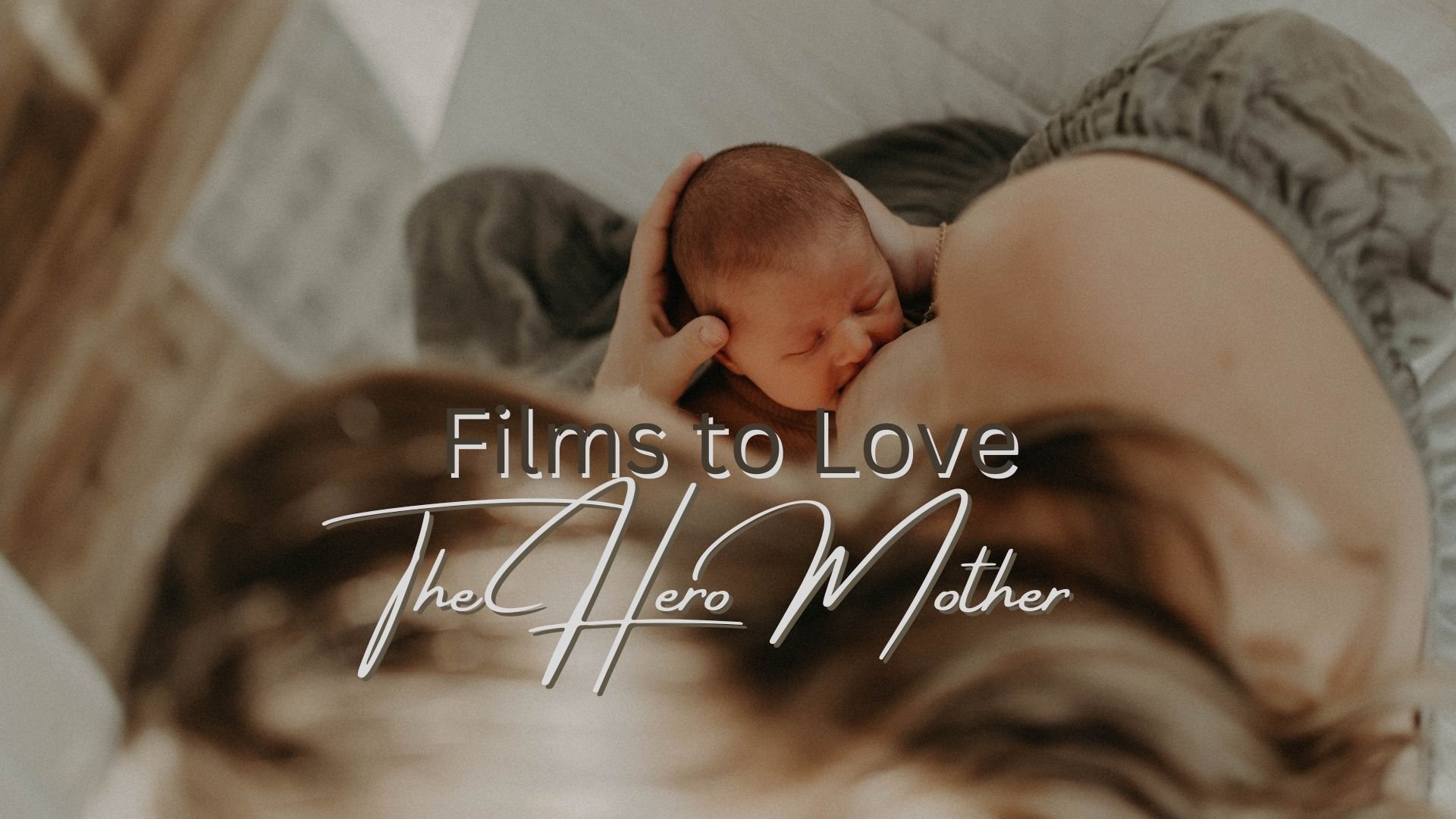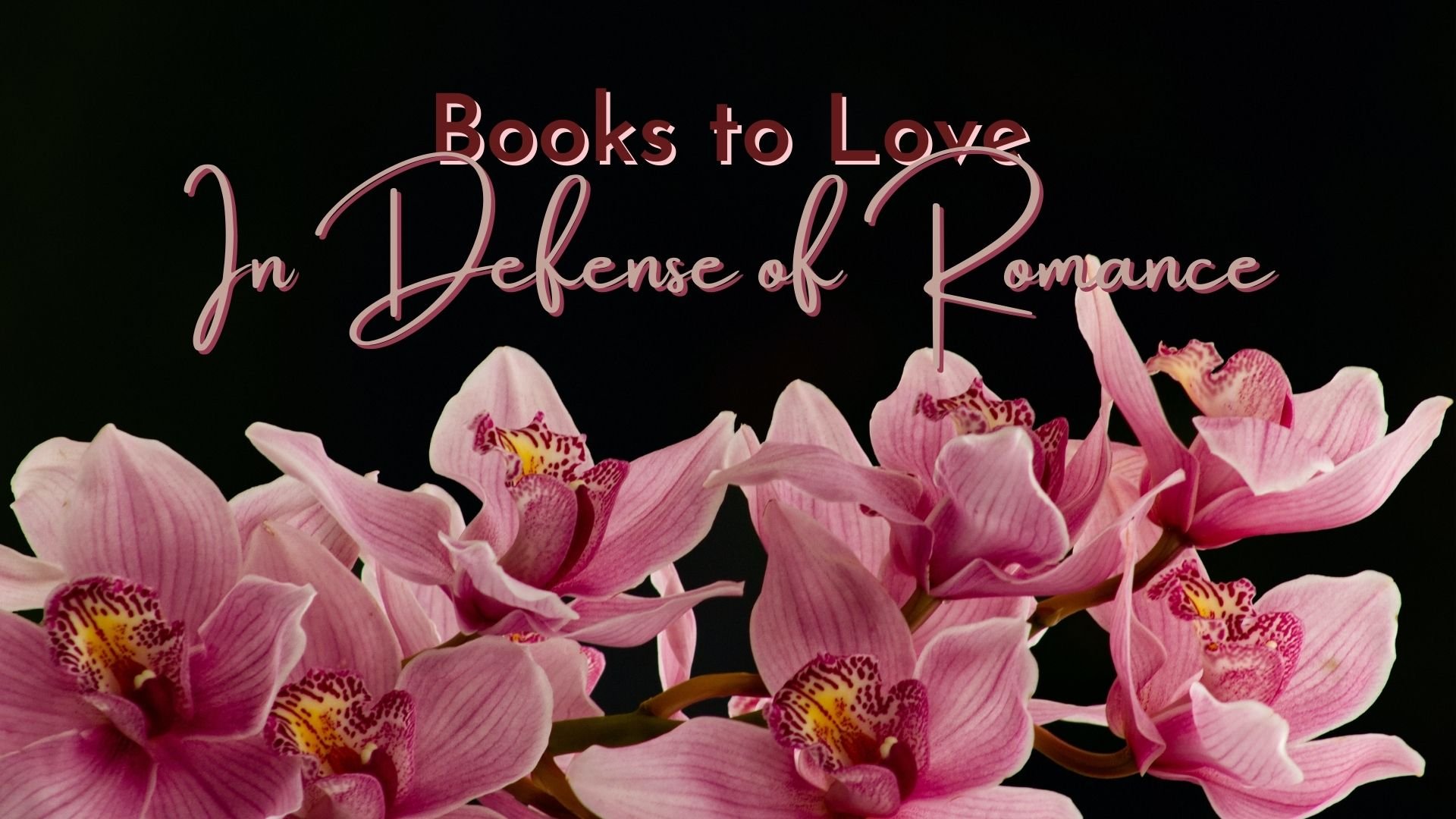Standards to Love: Gitan dans Mon Âme
Gitans dan Mon Âme is the French translation of the Great American Standard The Gypsy in My Soul.
With the amount of time Whiskers has spent writing about French cheese, wine, historical figures, books, and movies, it’s only appropriate that their contribution to the evolution of Jazz and the American Popular Standard receive it’s own post.
What fascinates me about the jazz associated with Paris is how much of it was born from individuals whose beginnings are truly avant garde. Django Reinhardt was a Romani, living a truly gypsy lifestyle with little formal education. Edith Piaf was the daughter of street performers; her father was a street performer of acrobatics and her mother was a circus performer. Madeleine Peyroux refers to her parents as a cross between hippies and eccentric educators.
This outlier quality has left a hallmark upon the music style. From the first notes of this Jazz, its link to the streets of Paris is intractable. The bohemian spirit of Paris infuses each melody.
The most exciting aspect of the musicians I am highlighting today is how different their offerings are to the landscape of Parisian Jazz, and yet, how they possess a thread of similarity. It’s all the same tapestry, although each artist provides different colors and textures to the overall picture.
I have compiled a playlist entitled Parisian Gypsy Jazz which is full of all the artists I’m writing about today as well as a few others, too. I recommend playing it on random as it will play a little like a radio station.
I always think it’s best to begin at the beginning. When it comes to Parisian Jazz, it starts with Django Reinhardt.
Django Reinhardt
Whether you realize it or not, you have probably heard Django’s music playing. Films set in and around Paris often select his music to be used on their soundtracks. If it’s not Django himself, it is one of the multitude that his music influenced. As you will see through the progression of this post, Django Reinhardt’s music is still impacting musicians around the world.
Django was born and raised within a Romani community, moving about the country of France in caravan wagons with his family. This is where he began to learn his craft, picking up instruments that were played frequently within the encampments- violin, banjo, guitar. When he received his first banjo-guitar at twelve, he taught himself how to play like a virtuoso buy watching and mimicking the fingering of other musicians.
However, when he was seventeen, the caravan where he and his wife were living caught fire. While they both made it out alive, he was severely burned over the left half of his body. His recovery was extensive. Doctors wished to amputate his left leg, but he refused; he regained the ability to walk, but required a cane for the rest of his life. Perhaps the most upsetting aspect of this tragedy was the fact that his fourth and fifth fingers on his left hand were rendered useless.
But Django would not allow this setback to stop him from pursuing that which set his soul afire. With the help of his brother, he remastered playing the banjo-guitar and guitar. Oddly enough, the process of relearning led him to create a new sound. Prior to his accident, he drew much of his influence from the bas-musettes (an evolution of music quite similar to tango, developing in certain arrondissements in Paris, where music, lyrics, and dance melded together to create distinctive style within the open cafes and bars of Paris). After his accident, however, he pulled from many influences, one of them being the American Jazz that was taking hold of Paris.
Django Reinhardt is credited with the fusion of American Jazz and Gypsy music. To this day, his style- which is still popular and a hallmark of Parisian bars and cafes, is affectionately called Gypsy Jazz.
Hugues Panassié wrote of Django in his book The Real Jazz:
“First of all, his instrumental technique is vastly superior to that of all other jazz guitarists. This technique permits him to play with an inconceivable velocity and makes his instrument completely versatile. Though his virtuosity is stupefying, it is no less so than his creative invention. In his solos [...] his melodic ideas are sparkling and ravishing, and their abundance scarcely gives the listener time to catch his breath. Django’s ability to bend his guitar to the most fantastic audacities, combined with his expressive inflections and vibrato, is no less wonderful; one feels an extraordinary flame burning through every note.”
I include this quote here because it is an eloquent summation of Django Reinhardt’s contribution to the evolution of Jazz. Furthermore, it articulates his mastery perfectly. The track I included on my YouTube Playlist contains Django’s greatest hits all in one go.
So, get down a coupe, break out the elderflower liquor, whip yourself up a Gypsy cocktail which pairs perfectly with Django’s music as it pulls several different flavors, seemingly incongruous (elderflower, gin and Charteuse), together, melding them into the perfect aperitif. (You can find a Gypsy cocktail recipe here.)
Charles Trenet
Another man whose music you may unwittingly be familiar with is Charles Trenet. In fact, I would bet you’ve heard his hit La Mer more than once in your lifetime. If not, then you must check out the Parisian Gypsy Jazz Playlist I’ve created over at YouTube. La Mer- several times, recorded by every single artist mentioned here today, that’s how popular and intrinsic to French Jazz it has become.
While Charles Trenet’s story isn’t as colorful as Django Reinhardt’s, he did have an interesting upbringing. Born in largely normal circumstances, he spent his early days with his family until he was old enough to go to boarding school. However, at boarding school, he contracted typhoid fever which sent him back home to convalesce. For the months he was recovering at home, he fully embraced his creative side, composing poetry and learning to paint and sculpt. This became a lifelong passion; he studied art through out his youth and went on to study art in Germany and France. But, when he moved to Paris in the 1930s, he stepped into what would become his career.
Like Piaf, Charles Trenet composed his own songs, pulling from experiences and places in his youth. Much of his music conveys that innocent joie de vivre of a child.
While contemporary Charles Aznavour is considered the French Frank Sinatra, possessing similar timing and delivery to Ole Blue Eyes, I would say that Charles Trenet is the French equivalent of Dean Martin. Like Dino, Charles’ delivery is easy, relaxing, and exceptional. In fact, like with Dean Martin, Charles Trenet’s genius is often overlooked because there’s a senses of effortlessness to his delivery which makes the listener feel like he’s not working at all, just oozing into a music set.
These are the reasons that I so enjoy Trenet. A mellow voice, impeccable delivery, great song selection. It all adds up to a fantastic listening party. Furthermore, he exercises complete control over his voice, holding back, not feeling the need to show off by hitting every high note. The ease he demonstrates in all aspects of his craft engenders him as a true connoisseur, comfortable with his prowess and ability to such a degree that he can perform without the need to prove anything to anyone; that’s a true proficient.
What to drink with Charles? Well, none other than the Rose. The Rose is a beautiful cocktail, featuring vermouth, kirschwasser (cherry brandy), and raspberry syrup. The flavor is complex, fruity with just the right balance of tartness. But what makes this drink so fantastic, and a perfect accompaniment with Trenet, is the brandied cherry that suspends above the liquor. And when you’re listening to Charles Trenet, it is certainly a cherry on top. (Recipe can be found here.)
Edith Piaf
It would be impossible to write anything about Parisian or French music without including a tribute to Edith Piaf who memorialized La Vie En Rose as the anthem of Paris. She’s also affectionately called the chanteuse of France.
Of all the artists I am writing about today, Edith Piaf’s story is the most colorful. For one, her surname was not even Piaf; that was an honorable conferment as Piaf means sparrow in French.
As mentioned above, her father was a street performing acrobat and her mother was a circus performer. When she was born, her mother abandoned her. After a brief stint of living with her maternal grandmother, her father took her in. But, when he enlisted with the French Army to fight in World War I, he took Edith to live with his mother who ran a brothel. For Edith’s formidable years, she was raised among prostitutes, which she accounted for her weakness where men were concerned.
During her teenage years, she began singing and performing on the streets. Her popularity was such that she was able to afford her own apartment in Paris with her singing companion, Simone Berteaut. While performing in different venues within the seedier parts of the city, she came to the attention of a notable nightclub owner who decided to showcase her at his club. He promoted her debut, drawing many celebrities, among them Maurice Chevalier (one of his famous acting roles was in one of the movies discussed in Films to Love: Bonjour Paris).
Who do you think led the band the night she debuted? None other than Django Reinhardt. Isn’t that an exciting degree of separation?
During her lifetime, she was considered an accessory to a murder and then acquitted. She was believed to be a conspirator with the Nazis during the occupation of France during World War II before others came to her defense with claims that she was instrumental in helping numerous prisoners of war escape. She lost one husband in a tragic plane crash. Divorced another. Then married a man twenty years her junior. She sustained life altering injuries in a series of horrific car crashes, which ushered in a lifetime of alcohol and medicinal drug abuse to combat the chronic, crippling pain.
Yet, upon her death, it was none of those racy elements of her life that brought all Parisian traffic to a full stop. It was what she had contributed to France with her brilliant composition La Vie en Rose.
When Edith wrote La Vie en Rose, those in her professional circle did not think it would be popular. They considered her other songs to be stronger for her style and voice. Yet, the lyrics of the song perfectly spoke to the hearts of those who had just survived World War II. La Vie en Rose - Life seen through rose colored glasses- was an anthem of hope. Written in French, by a French woman who had lived in a nation demoralized by enemy occupation, the song spoke hope to a people who desperately needed it. Embraced in her homeland and equally abroad, the song shot Edith to international fame and kept her there for the rest of her life. One could say it immortalized her.
So when her funeral procession drove through the streets of Paris, the city came to a stand still, a thing which had not happened since the end of World War II. So while Edith Piaf is not an absolute favorite of mine, it would be unconscionable not to include her because, for man, Edith Piaf is the pinnacle of Jazz in France.
A drink recommendation to accompany Edith’s music gave me pause. A cocktail did not seem appropriate. Nor did wine, however full-bodied it might be. For Edith, the drink demanded potency and prestige. That being said, there are two options. The first would be a bottle of Veuve Clicquot’s La Grand Dame. The second would be a snifter of Remy Martin. Both possess a heritage strongly rooted in France and a name that holds renown throughout the world today.
Patricia Kaas
Lounge singers are a staple in my music collection. Peggy Lee, Julie London, Diana Krall all exude a certain intimacy with their smoky, bedroom voices. It’s positively sexy. And since Paris is often referred to by the misnomer the City of Love, it stands to reason that a sexy lounge singer should be included in a collection of Parisian Cafe jazz.
Patricia Kaas is that singer. Beginning her career at the tender age of thirteen, she has shot to meteoric fame throughout the continent of Europe, the Orient, and America.
She belongs in this compilation because to this point, there is no voice like hers. It’s a perfect bedroom voice. It oozes intimacy. It is the epitome of what a lounge singer should sound like. And since so much of Parisian Jazz is found in local lounges, it would not be a complete compilation without someone who embodied this aspect of the genre.
To create the easy, sensual, warm atmosphere of a smoky lounge, I think a full-bodied ‘black’ wine of Cahors might just be the thing. This famous wine has a long history and is a particular favorite with the Russians (another reason it’s so perfect with Patricia). It blends several grapes- Merlot, Tannat, and Auxerrois. Auxerrois grapes, however, are enjoying a huge resurgency in popularity, only under another name, Malbec. Overall, this complex, robust wine is the perfect pairing, seating in a tufted armchair, listening to the enthralling voice of Patricia Kaas.
Madeleine Peyroux
Madeleine Peyroux first came to my attention in the film Still Breathing (which has a fantastic soundtrack, by the by). I thought I was listening to Billy Holiday, but knew it wasn’t her. While the voice was similar, there was a flirtatious and lighthearted aspect to it that I don’t ordinarily associate with Holiday.
She appeared on my radar again when I watched the Last Holiday with Queen Latifah, singing the song Don’t Wait Too Long. Since then, I’ve come across her music in several other films, and each time, I found myself smiling.
There’s a litheness to her music. If you could say that a song has a spring in its step, then it would be a Madeleine Peyroux song. Even when the melody is somber or the lyrics sad, there’s still a buoyancy that cannot be denied.
Her chosen musical expression is largely Jazz, but she does pull from out there more contemporary sources, giving her music a well-rounded feeling. And while she does record American Popular Standards, she also had put her signature on other song covers as well as composed new ones of her own.
I’m including her album Careless Love as it’s a particular favorite of mine. It’s also the album which shot her to international fame.
If you’re looking for the perfect cocktail pairing for Peyroux, then I would suggest a French born classic- the Sidecar. It possesses gravity with a good cognac, but it’s also got fruity fun with Cointreau and a splash of lemon juice. It’s a frothy concoction, rumored to have been born at the Paris Ritz, that slides down easily and leaves you smiling. (The Barefoot Contessa has my favorite recipe for this libations.)
Now, for the final inclusion, I’m including three musical groups. Why? Because they are contemporary groups that have fully embraced the spirit of Django and are bringing it to a whole new generation of listeners.
Duo Gadjo
It seems only right to conclude with a musical style like the one with which we started. Duo Gadjo are two musicians who are carrying on the legacy of Django Reinhardt in the modern musical world. Possessing a deep love the Great American Song book, they apply the Gypsy Jazz style to American classics which has instant appeal.
As the name would suggest, Duo Gadjo is a grouping of Isabelle Fontaine, expert rhythm guitarist and singer, with Jeff Magidson, flawless proficient on numerous musical instruments.
Like Peyroux, I can’t help by feel light hearted when one of their songs comes on.
Pearl Django
This Seattle based Gypsy Jazz band obvious chose it’s name in part because of Django Reinhardt. Like Duo Gadjo, their music is blithe and bonny. And, as Shakespeare would have it, while listening to it, you’ll find that it converts all your songs of woe into hey nanny nanny- with is thoroughly appropriate linguistic nonsense to be found juxtaposed with Gypsy Jazz.
Hot Club du Nax
This Austria based group is oodles of fun to listen to. Isabelle Cope is a Londoner who found her voice perfectly suited to the international accompaniment of her band mates. Violinist Tomas Novak comes from Prague, Czech Republic, guitarists Aria Kindl and Lukas Bamesreiter comes from Innsbrook, Austria, and double bassist Dario Michele Gurrado hails from Bologne, Italy. Together this international team makes toe tapping Django swing Jazz that will have you danincng a merry jig.
For any of these groups, I believe the French classic cocktail of a Kir Royale is perfect. A good champagne for effervescence and a creme de cassis for warmth and flavor. Add a twist of lemon for garnish and color and you’ve got a lovely libation.
The hallmark of Gypsy Jazz or Parisian Jazz or Django Swing- whichever you prefer- is that there is a ineffable joy that exudes from it. I hope you take the time to check out the YouTube Parisian Gypsy Jazz Playlist that I’ve curated for your listening pleasure. All the above artists are featured on it as well as a few others I’ve found along the way. (As I mentioned before, I would randomize it as it’s quite long and comprehensive.) Look for songs that re-recorded by the different artists. One I know of for sure is Smile written by Charlie Chaplin (see Lines to Love: Happy Birthday, Charlie) who was a particular friend of Django Reinhardt.
Happy listening, dear readers.
